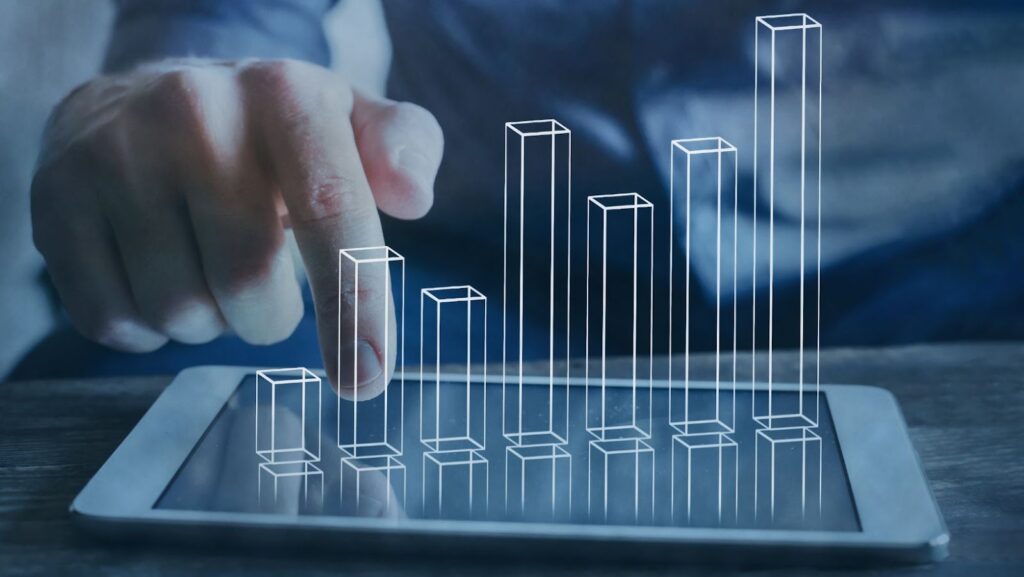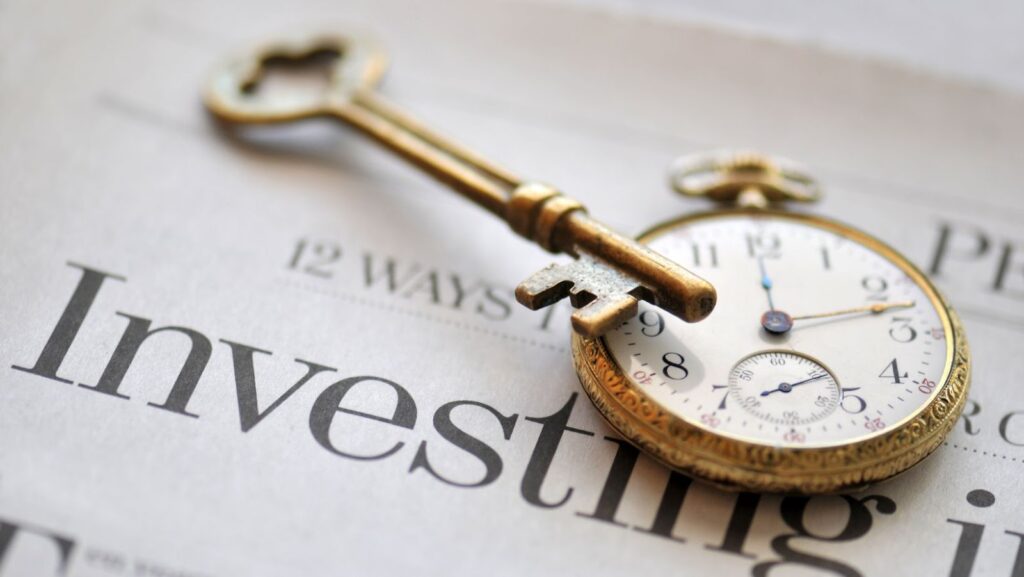Investment spending, a critical driver of economic growth, captures the attention of both seasoned investors and policymakers. It refers to the outlay on capital goods including buildings, machinery, and technology, which can enhance productive capacity and fuel long-term economic expansion. Understanding the dynamics of investment spending is crucial for anyone looking to grasp the broader economic picture or make informed financial decisions.
Investment Spend
Investment spending is pivotal in enhancing economic productivity and expansion. It involves allocating funds into areas that can yield long-term benefits and adapt to evolving market conditions effectively.
Types of Investment Spending
Investment spending can be predominantly categorized into three main types: business, residential, and government investment. Each plays a crucial role in economic growth and development.
- Business Investment:
- Business investment primarily focuses on purchasing capital goods such as equipment, factories, and technology. These investments aim to increase the productive capacity of the business. Industries such as manufacturing, technology, and construction frequently lead in this area.
- Residential Investment:
- This type caters to the construction or renovation of residential buildings and housing complexes. Real estate developers and individuals consider this investment crucial for urban development and real estate market growth.
- Government Investment:
- Government investment includes spending on public infrastructure like roads, bridges, schools, and public facilities. Such expenditures aim not only to enhance the quality of life but also to stimulate economic activity by providing employment and improving logistics and services.

Factors Influencing Investment Spend
Economic Conditions
Economic conditions significantly influence investment spending. During periods of economic growth, companies are more likely to invest in new projects and expansion initiatives. For example, robust GDP growth often encourages businesses to increase their capital expenditures on equipment, technology, and infrastructure. Conversely, in a recession, firms might scale back their investment budgets in anticipation of decreased consumer spending and uncertain future revenues.
Interest Rates
Interest rates directly affect investment spending by altering the cost of borrowing. Low interest rates make borrowing more affordable, prompting businesses to finance new investments cheaply. This includes investments in capital goods like machinery and buildings, crucial for expanding operational capacity. Higher interest rates have the opposite effect, making loans more expensive and potentially discouraging companies from investing. This relationship highlights why central banks adjust interest rates to control economic activity.
Government Policies
Government policies can either stimulate or restrain investment spending. Tax incentives, subsidies, and grants encourage organizations to undertake new investments by reducing the financial risk associated with those investments. For instance, tax breaks on capital expenditures can lead to increased spending on long-term assets. On the other hand, restrictive regulations or high corporate taxes might deter businesses from investing due to higher operational costs or reduced profitability projections.
Impact of Investment Spending on the Economy
Boosting Productivity and Job Creation
Investment in business not only enhances productivity but also leads to job creation. By investing in new technologies and capital equipment, businesses increase their operational efficiency. This improvement, in turn, often requires additional workforce, thus lowering unemployment rates. For instance, a manufacturing firm that invests in automated machinery might need engineers and technicians to manage these new systems.

Stimulating GDP Growth
GDP growth is directly tied to how much a country invests in its economic sectors. More investment means better infrastructure, more efficient businesses, and improved residential facilities, which collectively elevate the overall economic output. Economic studies reveal that a 10% increase in capital investment in high-income countries correlates with a 1.5% rise in GDP.
Enhancing Public Services and Infrastructure
Government investment spending is critical for enhancing public infrastructure and services such as roads, schools, and hospitals. Improved infrastructure facilitates better connectivity and efficiency in daily operations, directly benefiting the economy. For example, better road networks reduce transportation costs and time, boosting productivity and lowering prices of goods.
Adjusting to Economic Conditions and Interest Rates
Economic stability influences investment spending as businesses and government assess the economic climate before committing funds. If GDP growth is strong, investment increases, fostering even more economic growth. Conversely, if the economy is suffering, companies and government might cut back on spending, which can prolong economic recovery.